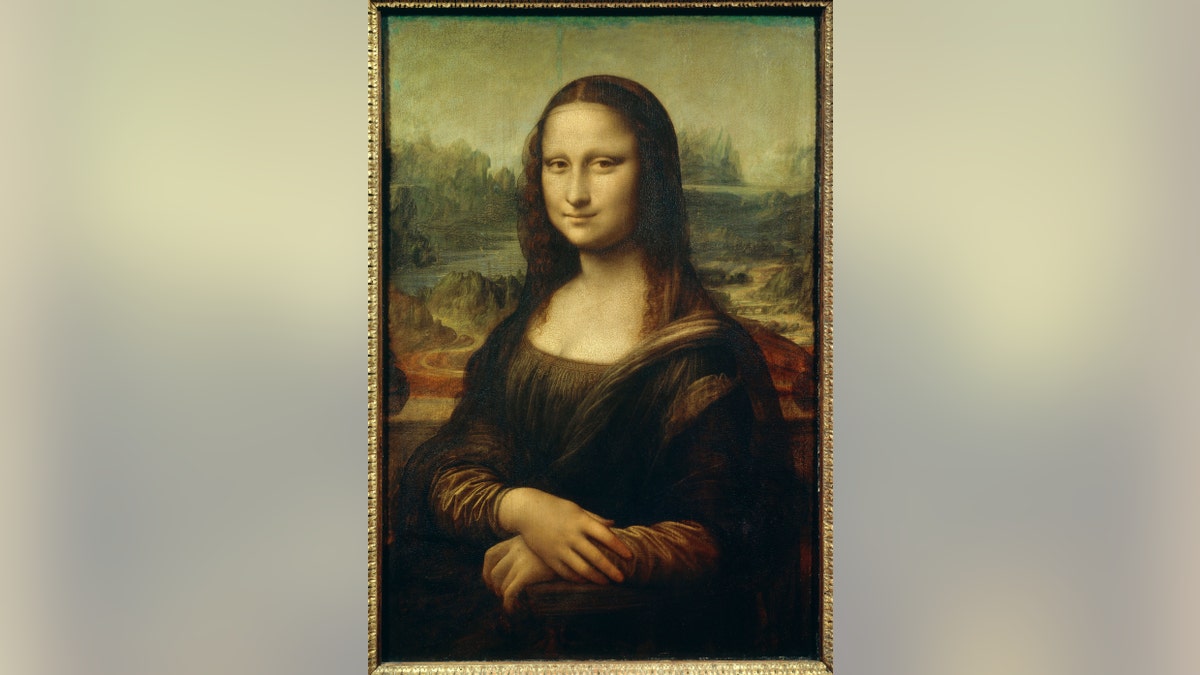Leonardo da Vinci anniversary: ‘Horse and Rider’ statue in the spotlight
May 2, 2019 marks the 500th anniversary of Leonardo da Vinci’s death, and a statue based on a rare model made by the great artist and inventor is in the spotlight.
New research suggests that Leonardo da Vinci suffered severe nerve damage to his right hand after fainting and falling at some point late in his life. The injury may have impacted the famous artist’s painting skills and could explain why the Mona Lisa is unfinished, experts say.
A red chalk portrait of an elderly da Vinci attributed to 16th-century artist Giovan Ambrogio Figino offers vital clues of the Renaissance master’s injury, according to Dr Davide Lazzeri, a specialist in plastic reconstructive and aesthetic surgery at the Villa Salaria Clinic in Rome, and Dr Carlo Rossi, a specialist in neurology at the Hospital of Pontedera.
In the drawing, da Vinci’s right arm is pictured in folds of clothing “as if it was a bandage, with his right hand suspended in a stiff, contracted position,” they explain in a statement.
The research challenges the widely held theory that da Vinci had suffered a stroke, hence the depiction of his “contracted” right hand in Figino’s work.
LEONARDO DA VINCI'S EARLIEST WORK DISCOVERED?
In the study, the doctors note that the ambidextrous artist used his left hand to draw and write, but painted with his right hand. The injury, they say, could be the reason why da Vinci never completed the Mona Lisa.
Arguably the world’s most famous artwork, the Mona Lisa hangs in the Louvre Museum in Paris. The portrait of Lisa Gherardini, wife of Florentine cloth merchant Francesco del Giocondo, was started around 1503, according to the Louvre. However, the iconic painting was in da Vinci’s studio when he died in 1519, according to Encyclopedia Britannica, and is regarded by many as unfinished.
In a paper published in the Journal of the Royal Society of Medicine, Lazzeri and Rossi say that, while da Vinci was still able to teach and draw with his left hand following the injury, it impacted his ability to hold palettes and brushes with his right hand.
LEONARDO DA VINCI'S THUMBPRINT DISCOVERED: DRAWING IN QUEEN ELIZABETH'S COLLECTION REVEALS SECRETS
"This may explain why he left numerous paintings incomplete, including the Mona Lisa, during the last five years of his career as a painter while he continued teaching and drawing,” said Dr. Lazzeri in the statement.

The Mona Lisa by Leonardo da Vinci at the Louvre Museum in Paris. (Christophel Fine Art/UIG via Getty Images)
“Rather than depicting the typical clenched hand seen in post-stroke muscular spasticity, the picture suggests an alternative diagnosis such as ulnar palsy, commonly known as ‘claw hand’,” Dr. Lazzeri noted.
Lazzeri added that a fainting episode and fall is a more likely explanation for da Vinci’s hand than a stroke, noting that acute upper limb trauma could have resulted in ulnar palsy. The ulnar nerve, he explained, runs from the shoulder to little finger and manages almost all the hand muscles that allow fine motor movements.
DA VINCI WAS AMBIDEXTROUS, NEW HANDWRITING ANALYSIS SHOWS

A tourist takes souvenir photos of Italian painter Leonardo da Vinci's famed portrait Mona Lisa at the Louvre Museum in Paris, Aug. 12, 2009. (REUTERS/Jacky Naegelen)
May 2, 2019, marked the 500th anniversary of Leonardo da Vinci’s death and the great artist and inventor continues to be a source of fascination.
Da Vinci’s thumbprint, for example, was recently discovered in a drawing by the Renaissance Master that is owned by Queen Elizabeth II. The hidden detail is revealed in the new book “Leonard da Vinci: A Closer Look,” which analyzes 80 of Leonardo’s drawings from the Royal Collection and sheds new light on the famous artist’s craft.
LEONARDO DA VINCI 500TH ANNIVERSARY: RARE 'HORSE AND RIDER' SCULPTURE IN THE SPOTLIGHT
Last summer, experts in Italy said they had found the earliest surviving work by da Vinci. The small glazed terracotta tile, which bears the date “1471,” is described as a self-portrait of the artist as the Archangel Gabriel.
The tile’s authenticity, however, has been questioned by noted Leonardo expert Martin Kemp, professor emeritus of the history of art at the University of Oxford.
A sculpture based on an extremely rare model made by da Vinci is also in the spotlight.
MYSTERIOUS 'NUDE MONA LISA' MAY HAVE BEEN DRAWN BY DA VINCI
Cast in 2012 from a beeswax model made by da Vinci around 1510, the bronze “Horse and Rider” is garnering plenty of attention. The bronze statue and the original mold from the wax figure will be sold at auction in the fall.
In 2017, da Vinci’s “Salvator Mundi” painting sold for a record $450.3 million at Christie’s auction house in New York. The highest known sale price for any artwork had been $300 million for Willem de Kooning's painting "Interchange."
CLICK HERE TO GET THE FOX NEWS APP
Leonardo da Vinci was 67 when he died on May 2, 1519.
The Associated Press and Fox News’ Chris Ciaccia contributed to this article.
Follow James Rogers on Twitter @jamesjrogers





















